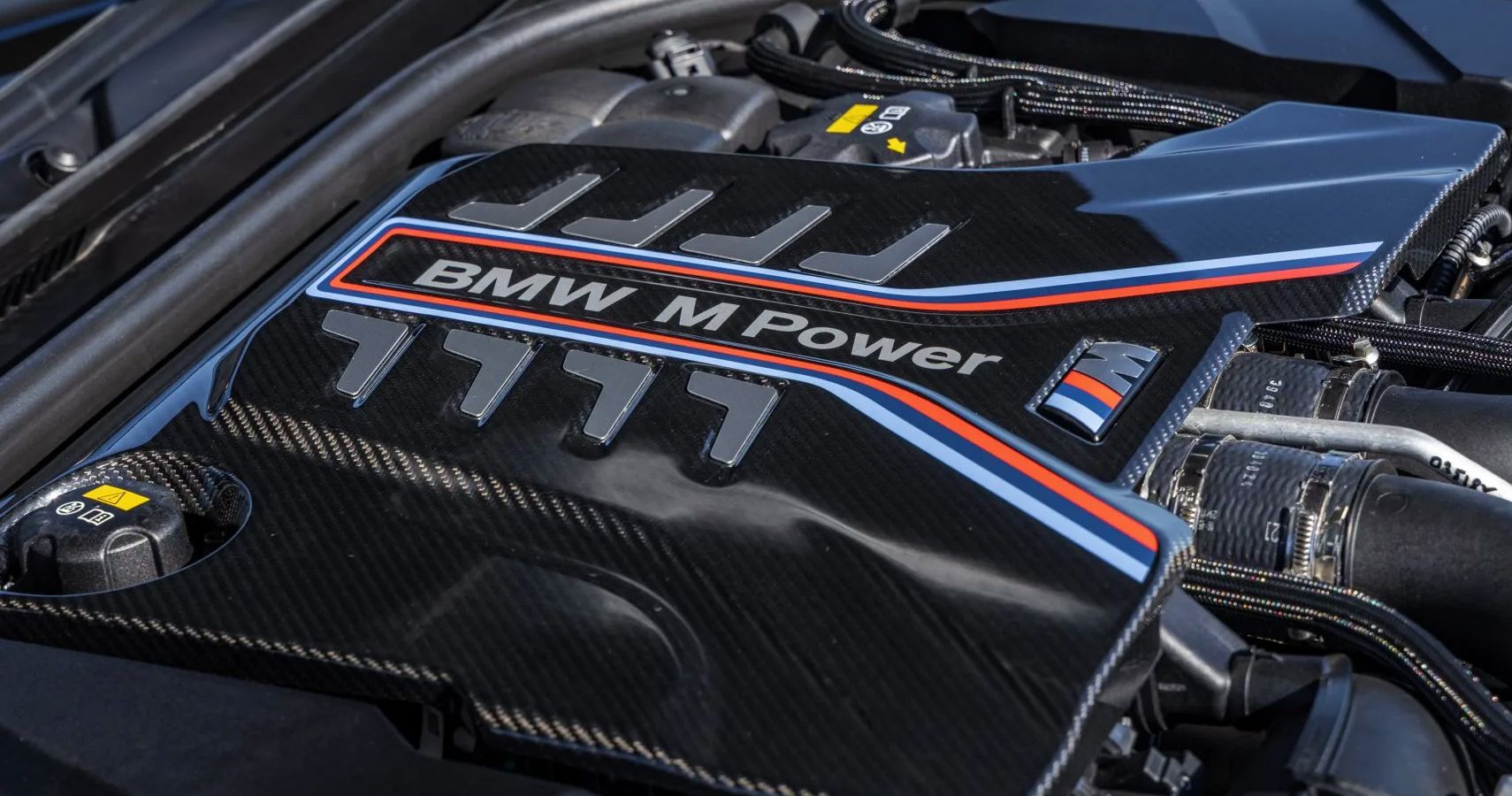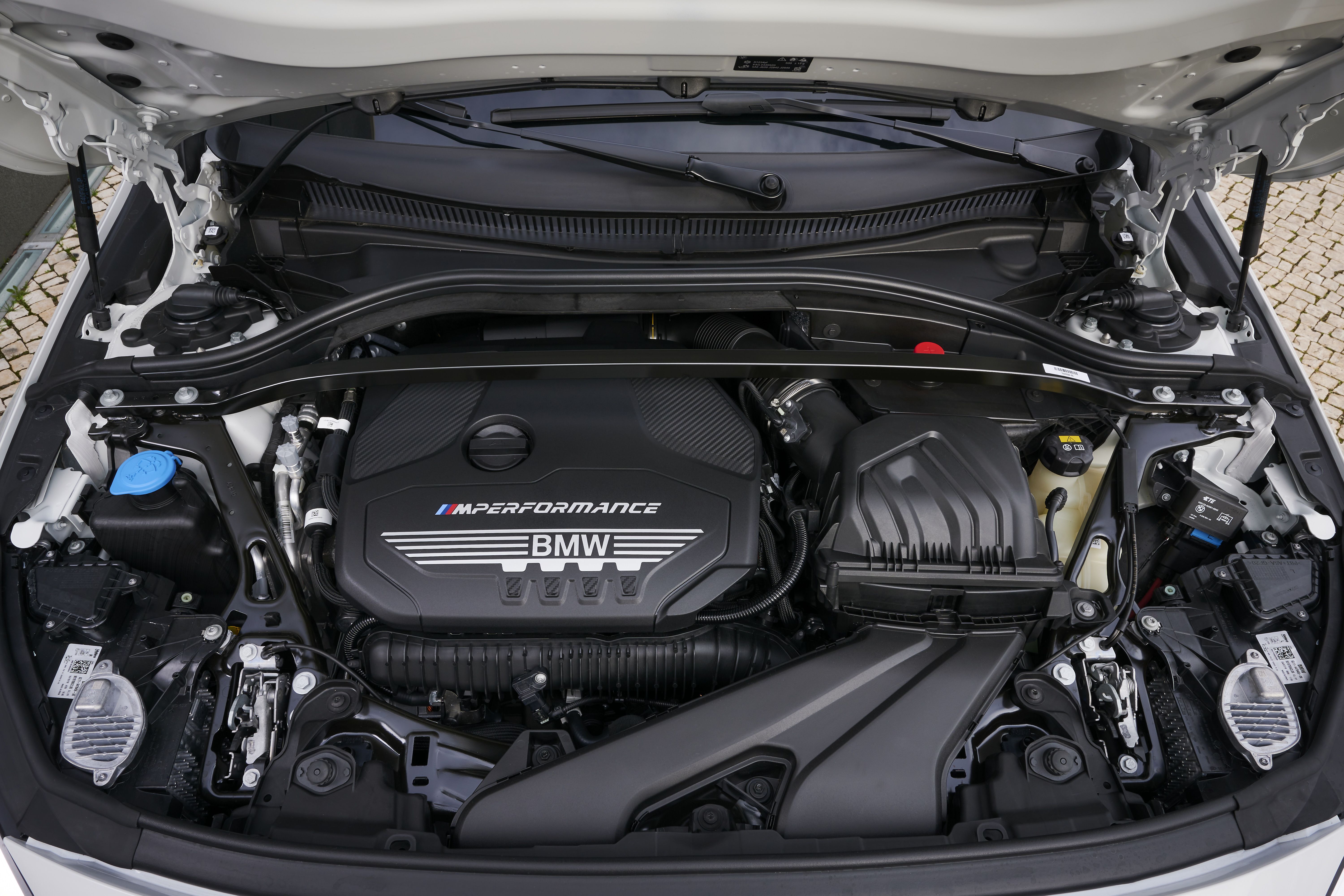Exploring the Efficiency Enhancements of the Latest BMW Engine Versions
Exploring the Evolution of Combustion Engines in Modern Transportation Systems
As we browse the landscape of modern-day transportation, the evolution of burning engines stands as a testimony to human ingenuity and engineering expertise. The interaction of history, technology, and ecological problems in shaping the trajectory of combustion engines creates a narrative that is both insightful and engaging.
Early Beginnings of Combustion Engines
How did the idea of burning engines very first arise in the early stages of transportation growth? The origins of combustion engines can be traced back to the 17th century when the concepts of inner combustion were very first explored.
The development minute included the innovation of the very first successful gasoline-powered engine by Karl Benz in 1885 - bmw engine. This engine paved the means for the development of the contemporary car, revolutionizing transportation systems worldwide. Succeeding innovations by Nikolaus Otto and Gottlieb Daimler even more fine-tuned burning engine technology, resulting in the mass manufacturing of autos and the rapid expansion of the transportation market
These very early burning engines were characterized by their simpleness and effectiveness, laying the structure for the complicated and powerful engines utilized in contemporary transportation systems. The evolution of burning engines has been crucial in forming the means we take a trip and move items, noting a substantial turning point in the history of transportation development.
Transition to Internal Combustion Innovation
The transition to inner burning innovation marked a pivotal change in the advancement of transportation systems. This shift started in the late 19th century, with innovators like Nikolaus Otto and Gottlieb Daimler establishing the first effective interior combustion engines. These engines revolutionized transport by using a more powerful and reliable choice to heavy steam engines and electrical motors.
Among the essential benefits of interior combustion engines was their capacity to be scaled down to fit into lorries, causing the development of autos and motorbikes. This change from bulky, fixed engines to small, mobile ones led the way for the modern transportation systems we see today.
The shift to internal burning innovation likewise stimulated improvements in fuel modern technology, resulting in the development of gas and diesel as key gas resources for cars. This change not only made transport extra obtainable to the masses but likewise laid the structure for the oil and gas industry to end up being integral to worldwide economies.
Effect of Combustion Engines on Transportation
The adoption of burning engines in transport systems catalyzed a profound change in the efficiency and speed of worldwide flexibility. Combustion engines transformed transport by giving a reputable and functional resource of power for different vehicles, including cars and trucks, trucks, planes, and ships. This technology considerably enhanced the capacity for people and goods to conform fars away in much shorter amount of time, causing boosted connection in between regions and countries.
Furthermore, the widespread use burning engines has had a significant impact on economic advancement. The ability to move goods efficiently has spurred trade and business, enabling companies to expand their markets and get to customers worldwide. This has promoted financial growth and globalization, as items can currently be transported faster and in bigger amounts than ever.
Nonetheless, the environmental impact find more info of combustion engines can not be forgotten. The burning of nonrenewable fuel sources has actually caused air contamination and greenhouse gas exhausts, adding to climate modification and posing wellness dangers to populaces. bmw engine. Therefore, there is a growing focus on creating different propulsion modern technologies to reduce these unfavorable results and develop an extra lasting future for transportation
Technologies in Burning Engine Style
Many improvements in combustion engine design have propelled the evolution of transport systems over the years. One remarkable technology is the growth of turbocharged engines, which make use of exhaust gases to drive a turbine that compresses incoming air, enabling more gas to be scorched, resulting in boosted power outcome without a substantial boost in engine dimension. Additionally, direct injection modern technology has improved fuel efficiency and performance by specifically managing the amount and timing of fuel check this site out injected into the combustion chamber. Variable shutoff timing systems have also transformed engine design by maximizing air flow at different engine rates, improving both power and performance. Another considerable improvement is the combination of lightweight materials such as carbon fiber and light weight aluminum alloys, minimizing general engine weight and boosting car fuel economic situation. Improvements in computer-aided layout have allowed engineers to optimize engine efficiency and performance with simulations prior to physical models are built, saving time and resources in the development procedure. These technologies collectively add to the continual renovation of burning engines in modern transport systems.
Future Trends in Combustion Engine Development
With technology innovations driving continuous development, the future of combustion engine advancement is positioned to reinvent transportation systems globally. One of the crucial trends in combustion engine development is the press towards higher efficiency and lowered exhausts.
One more famous trend is the adoption of crossbreed technologies in combustion engines. Crossbreed engines combine typical combustion technology with electric power, using improved fuel efficiency and lower discharges. As the automotive industry shifts towards electrification, hybrid burning engines are viewed as a transitional solution that links the space in between conventional cars and completely electrical ones.
Moreover, the integration of wise modern technologies, such as fabricated knowledge and information look at this site analytics, is anticipated to play a substantial duty in the future of burning engine development. These innovations can optimize engine performance in real-time, leading to more efficient burning processes and improved general lorry performance. Welcoming these future trends will certainly not just drive innovation in burning engine advancement yet also contribute to an extra sustainable and environmentally friendly transport community.

Final Thought
In final thought, the evolution of combustion engines in modern transport systems has been marked by significant improvements in innovation and layout. From the early starts of burning engines to the transition to inner combustion modern technology, these engines have had an extensive effect on transportation.
The origins of burning engines can be traced back to the 17th century when the concepts of inner burning were initial discovered. These engines changed transportation by providing a much more powerful and reliable choice to vapor engines and electric motors.
